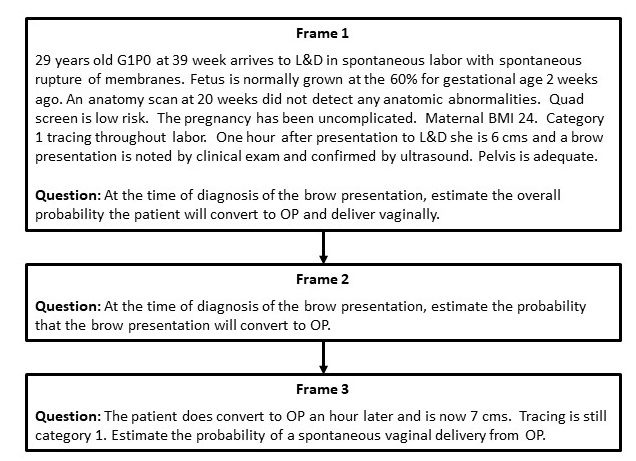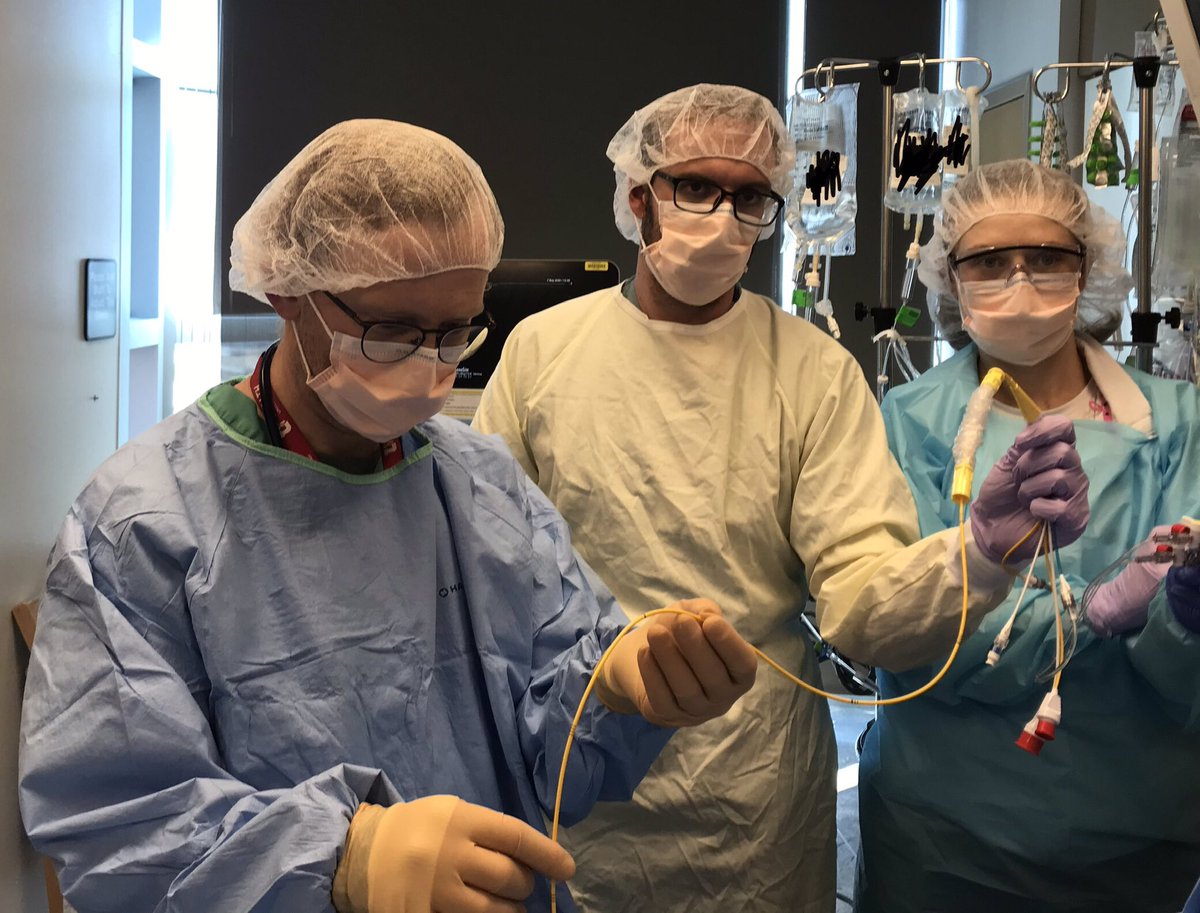
#proclimate #pronuclear #professor #pulmonary #intensivist #diagnosis #decisionmaking #clinicalreasoning #probability #firstgen #truthteller #BSdetector
How to get URL link on X (Twitter) App


 The argument is a #Bayesian one. Look at the #bellcurve drawn for #sepsis of urinary origin: there is an enormous area under that curve because sepsis Is so common, at approximately 747 cases/100,000 people per year and about one quarter or more of those will be urinary origin
The argument is a #Bayesian one. Look at the #bellcurve drawn for #sepsis of urinary origin: there is an enormous area under that curve because sepsis Is so common, at approximately 747 cases/100,000 people per year and about one quarter or more of those will be urinary origin

 It seems to imply that the individual patient and their disease process does not matter, you simply have to check some boxes like you were starting a plane or baking some cookies. It seems also to imply that we will forget to monitor medications and labs and…everything
It seems to imply that the individual patient and their disease process does not matter, you simply have to check some boxes like you were starting a plane or baking some cookies. It seems also to imply that we will forget to monitor medications and labs and…everything


 The length of an adult ETT is about 32 cm and the length of the #eschmannstylete is 70 cm. This leaves no room in the center for you to grab it. When you retract the #ETT to the end of the stylet, its distal tip is still in the patient's mouth & entire stylet is covered
The length of an adult ETT is about 32 cm and the length of the #eschmannstylete is 70 cm. This leaves no room in the center for you to grab it. When you retract the #ETT to the end of the stylet, its distal tip is still in the patient's mouth & entire stylet is covered

 The best way to get the diagnosis is:
The best way to get the diagnosis is:

 #pleuraldisease is fascinating and nuanced. First step is #lightscriteria which give favor to finding #exudates which tend to be more urgent. You only need one criterion, which maximizes #sensitivity. Meaningless statement: "It's an exudate only by protein." One criterion=exudate
#pleuraldisease is fascinating and nuanced. First step is #lightscriteria which give favor to finding #exudates which tend to be more urgent. You only need one criterion, which maximizes #sensitivity. Meaningless statement: "It's an exudate only by protein." One criterion=exudate

 Irony is I get flask for not doing bronchs where I rarely find anything and I get flak for doing Swans where, as in this case, I often find useful things
Irony is I get flask for not doing bronchs where I rarely find anything and I get flak for doing Swans where, as in this case, I often find useful things